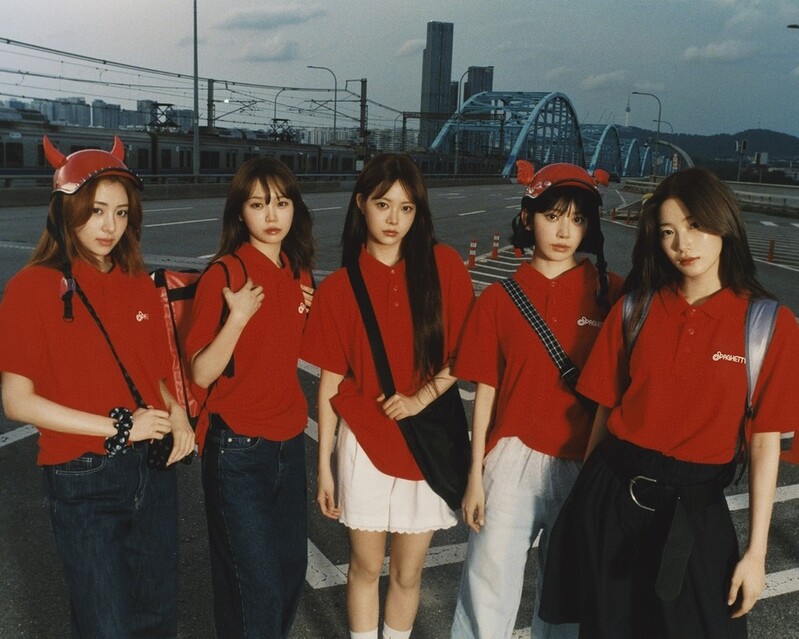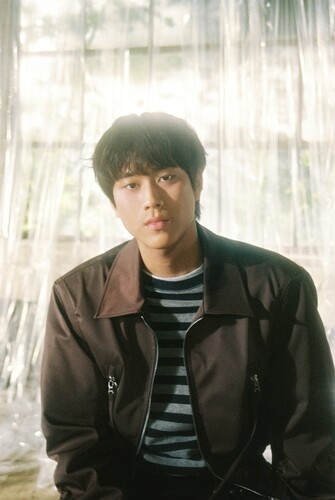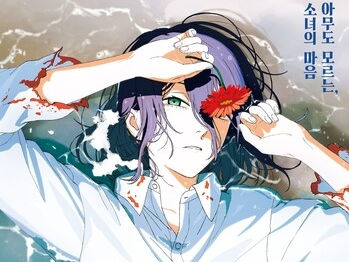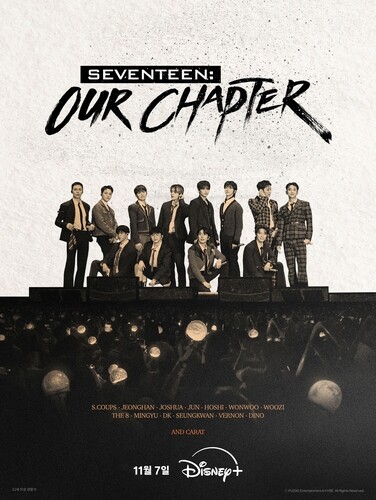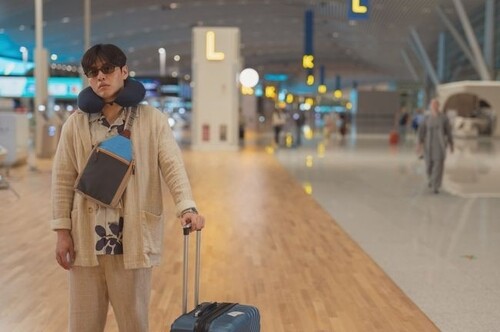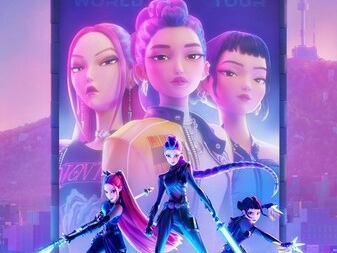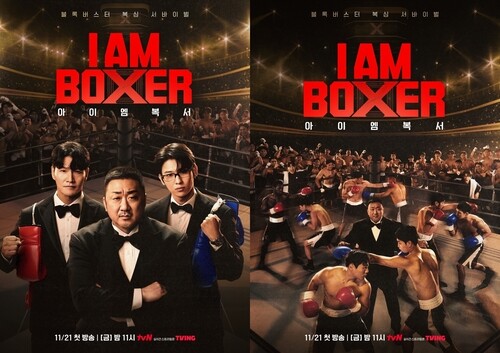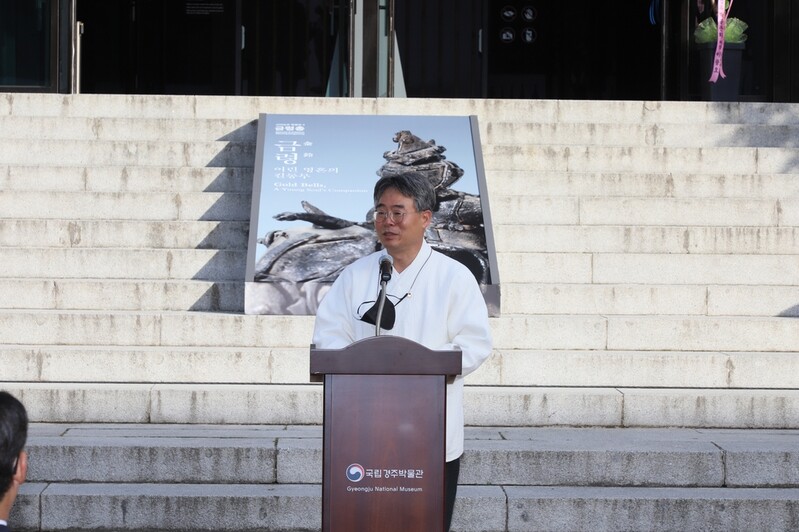 |
▲This photo, provided by Gyeongju National Museum, shows director Ham Soon-seop. (PHOTO NOT FOR SALE) (Yonhap)
|
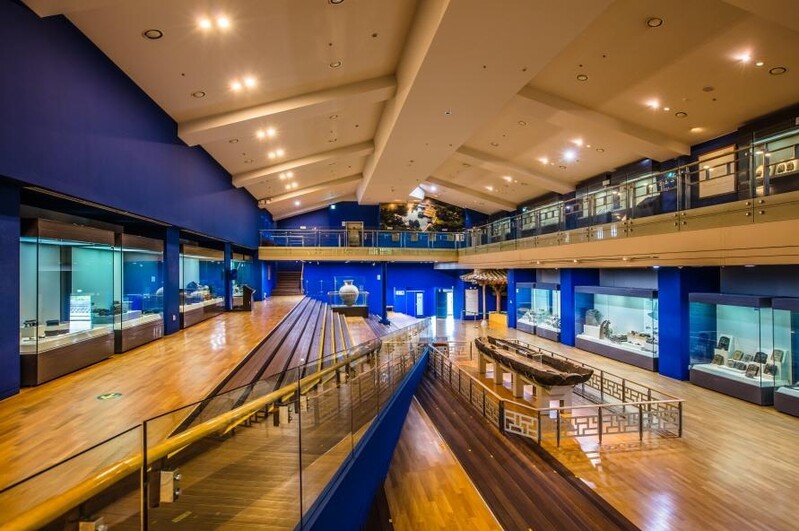 |
▲This photo, provided by Gyeongju National Museum shows Wolji Gallery. (PHOTO NOT FOR SALE) (Yonhap)
|
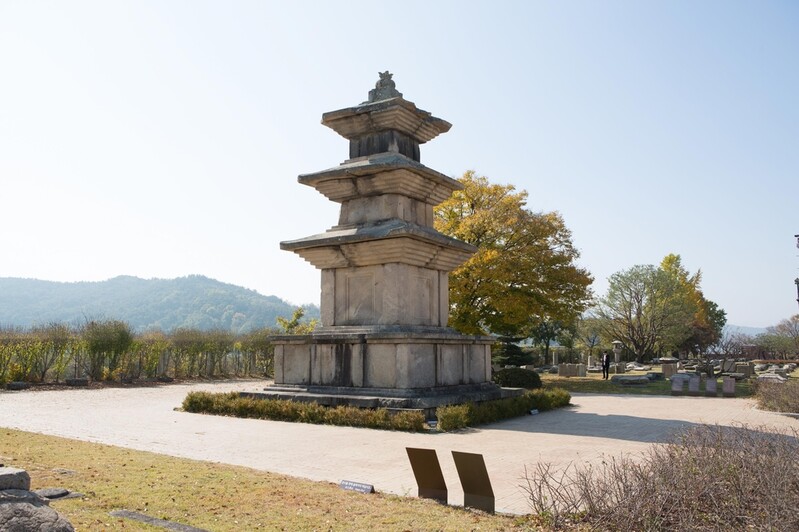 |
▲This photo, provided by Cultural Heritage Administration's National Heritage Portal, shows the three-story stone pagoda at Goseonsa Temple Site in Gyeongju, photographed in 2015. (PHOTO NOT FOR SALE) (Yonhap)
|
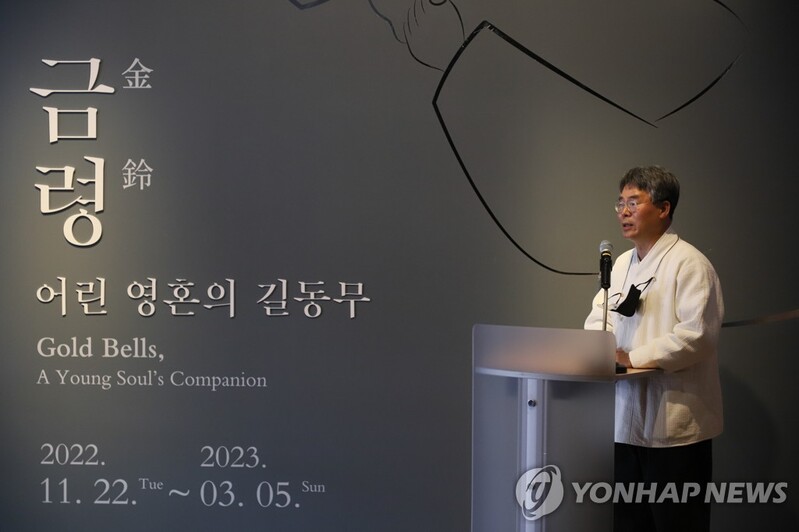 |
| ▲This photo, provided by Gyeongju National Museum, shows director Ham Soon-seop. (PHOTO NOT FOR SALE) (Yonhap) |
SEOUL, Nov. 28 (Yonhap) —Gyeongju National Museum will prepare to make a "Series Exhibition" of relics, research, and more from Donggung Palace and Wolji Pond starting next year.
Ham Soon-seop, director of Gyeongju National Museum, said during the interview with Yonhap News Agency that "Wolji Pond is less well known than people think" and added, "We will make our first plan by the end of this year and follow the plan starting from next year."
Wolji, which was called Anapji for a long time, is an artificial pond that was inside the Donggung Palace during the Silla dynasty.
According to the Cultural Heritage Administration's National Heritage Portal, Sila built a massive pond in 674 during the 14th year of King Munmu's reign following the unification of the Korean Peninsula, planted glow-worms, and raised rare breed birds and animals.
1,100 relics are currently exhibited at the "Wolji Pond section" among 30,000 relics found in this spot.
Director Ham was confident, "Wolji pond related relics can be studied in various ways, including Buddhist sculptures, earthenware, building materials, animal fluids, and woodwinds," and added, "It will be an opportunity to study Wolji in a more sophisticated way."
This work which is not an easy task as in time and effort was actually suggested by the museum workers.
Director Ham said, "Wolji-related relics can become great pieces if they are handled well," and laughed, "I just piggyback on the staff in charge of the practice who voluntarily wanted to work on this section."
Director Ham said that he thinks Wolji Pond can be a brand which represents the museum.
Director Ham emphasized "It will be a good opportunity to develop and utilize research capabilities by thinking about items beyond simply organizing artifacts and presenting them as research reports."
Referring to the exhibition of "Cultural Heritage Reporting" in Todaiji, Nara Prefecture, Japan, he said, "If basic work is done properly, various series exhibitions will be possible." "I want to try it on a fixed date every year," he said.
He explained that there won't be any problem for continuous exhibition only if they come up with at least ten exhibition themes.
Director Ham said "We will have to fix some parts of Wolji Gallery which has been maintained for around ten years since the building of the museum," and contined, "Currently, there are many inconveniences for vulnerable people such as the disabled to use, but I want to make changes in terms of accessibility."
Director Ham from Gyeongju has been working in the museum for 30 years.
He graduated from Kyungpook National University's history department, majoring in metal accessories during the Three Kingdoms period, and served as the head of the National Museum's Open Exhibition Team, the head of the National Museum's Archaeological History, and the head of the Daegu National Museum.
In particular, he is one of the most important man who opened the "Yongsan Generation" at the National Muesum of Korea.
Director Ham recalled the three years he worked as a curator in Gyeongju without a separate position as the "most meaningful time" and said, "I want to draw a direction with my colleagues rather than thinking about doing something as a director."
Next year will be a busy year as it marks the 50th anniversary of the discovery of the Cheonmachong Tomb,
Director Ham said, "I want to present an exhibition that can highlight the theme of Cheonma," adding, "We will be able to bring together the relics related to Cheonma that have been discovered so far and think about the 'meeting' of digital contents and artifacts."
The museum is currently also planning to present Cheonma for the first time in a long time.
Director Ham cited the reorganization of the museum's garden as one of the things he wants to do during his term.
"There are replicas of (Bulguksa Temple) Seokgatap and Dabotap in the museum's garden, which are examples of damaging the authenticity of the national museum," he said. "I hope to move the remains and relics related to the National Treasure Goseonsa Temple Site."
(This article is translated from Korean to English by Dowon Kim,)
(END)
(C) Yonhap News Agency. All Rights Reserved








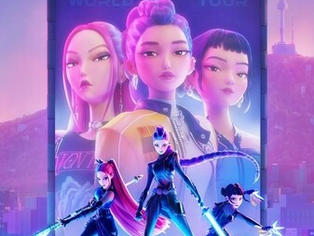
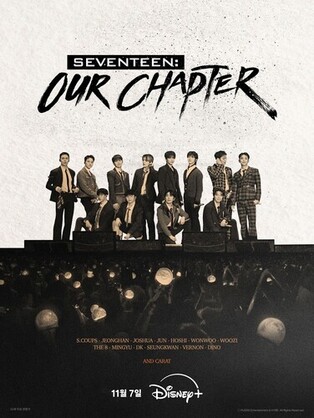
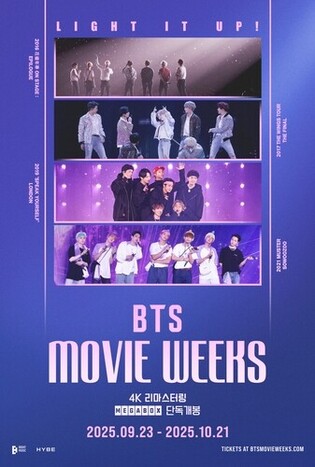
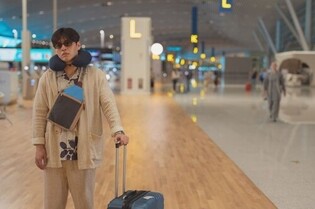
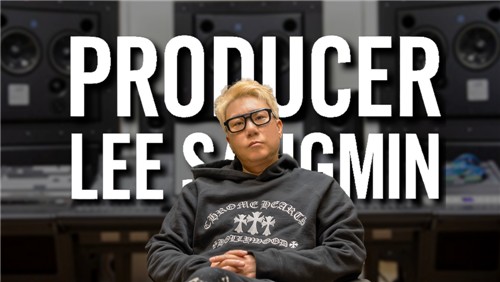
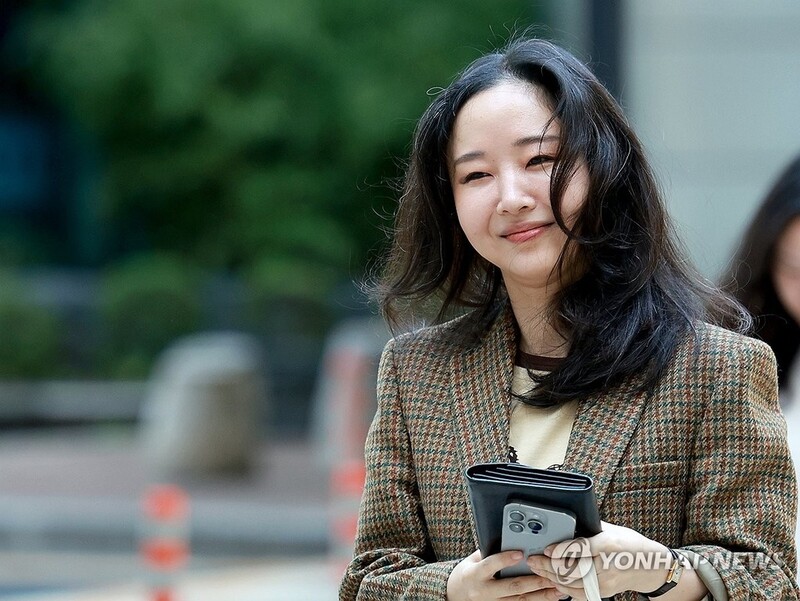
![[방송 소식] MBC 대학가요제 13년 만에 부활…26일 방송](https://korean-vibe.com/news/data/20251024/yna1065624915904676_716_thum.jpg)
![[신간] 레넌과 매카트니는 경쟁자였을까…'존 앤드 폴'](https://korean-vibe.com/news/data/20251024/yna1065624915904305_293.jpg)
